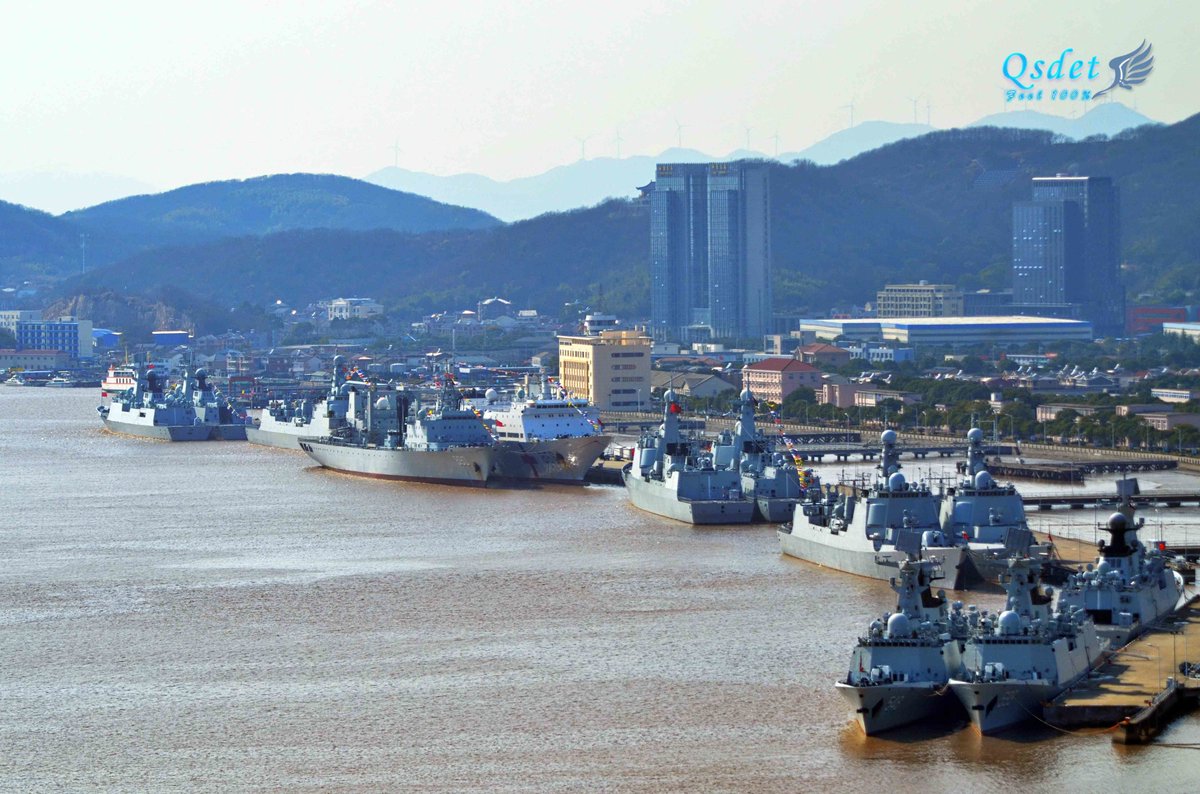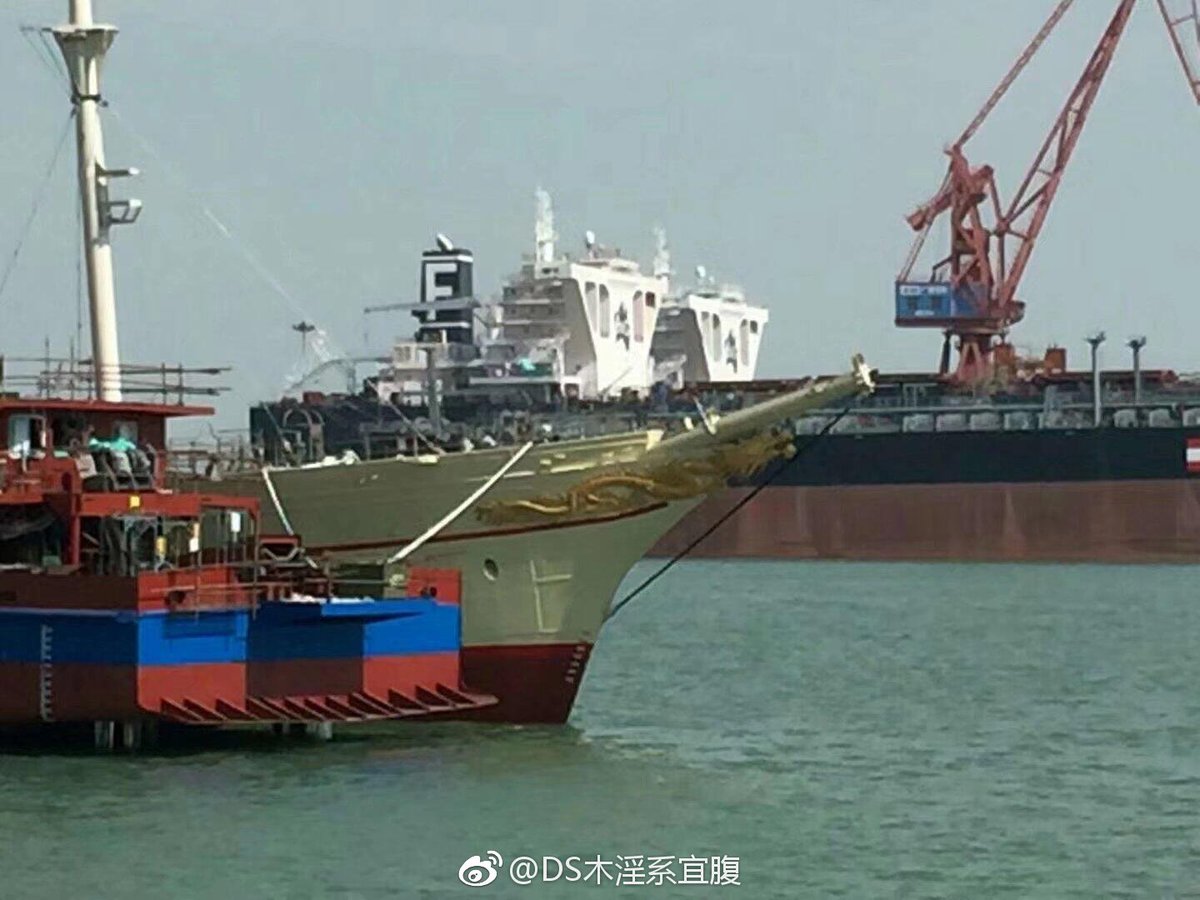Well, rumours indicate that 054B displaces somewhat more than 054A -- 4500 tons, perhaps. I think it's fantastic that PLAN has vessels in this category: affordable blue water combatants with a full suite of peer-warfare capabilities. Most nations (including of course the US) no longer have this, and it hurts them. I have no doubt that such vessels have a valuable role to play for the foreseeable future. What I am suggesting is that a future PLAN could also, simultaneously, accommodate a larger frigate, with most of the same systems as the 054 series (save perhaps the main gun), optimised for long range, long endurance, independent general purpose operations: think western IOR, the Atlantic, west Africa and the Americas, the Med, etc. This vessel would be significantly cheaper than 052D/E (acquisition and personnel, through deleting the long-range AAW capabilities, crew <200) while exceeding it in range and endurance and offering superior aviation facilities and others to support SOF.
I believe 4000 is just a rough figure used as a guide post, and it didn't say whether this is empty, standard or full displacement. If a ship is 4000 tons empty it can be over 4500 in full. Type 054A is quoted slightly over 4000 but its not clear if that figure is standard or full.
While some issued requirements center around a weight range like I suspect, the French FTI, other issued requirements like the USN's FFG(X) never specified any weight at all. What they gave you is a money figure --- $950 million --- plus a list of required equipment on the ship, with minimum requirements like 16 VLS cells and 4 ASM canisters (they didn't specify the make of the ASM). You fill in the rest. The result is the contested field are full of varied designs and weights, from the full destroyer like Navantia F100 and FREMM ships to upscaled LCS to militarized cutters, and a late entry that is a light and intermediate frigate.
So I don't know what the PLAN's procurement procedures are, if they use a tonnage as the guidepost for the requirements of a money figure. The navy makes clear what it wants to do with the ship, and gives specific requirements --- use at least a 32 cell VLS, must have TAS, must have radar that of this range, the speed and range requirement, the budget and so on. If they don't give the tonnage, the varying contesting proposals can have different tonnages but whats really important is whether the design meets the budget, the requirements and the missions. Then you debate whether this design does it better or this other design. Setting a design to revolve around a tonnage requirement can mean a straight jacket for the designers. You don't start with the design from a weight perspective, you start it from the mission perspective and work your way from that with the budget setting the fence that you don't climb over.
In a sense, the PLAN already have "larger" frigates than the 054A --- namely the refits of the Type 051B, the Project 956E and EMs, and maybe the Type 052B in the future. But do they perform any missions capably than a Type 054A for the additional cost of fuel and personnel?
Do note that a 6000 ton ship doing the same missions as a 4000 ton ship that can be purchased for much less is also a waste of money, or just simply too hard on the budget. That is why, all of a sudden, Europe has this blow back on the larger frigates by suddenly cutting back their contracts and building smaller frigates --- the French FTI, the Italian PPA and the British Type 31.
I am not saying whether a 4000, 5000, or 6000 ton frigate would be better. If space and weight is needed, then it is added purposely but we should not add them for the sake of making the ship bigger only to see them not efficiently utilized later. A bigger ship is also a heavier ship and would cost more fuel to operate.


